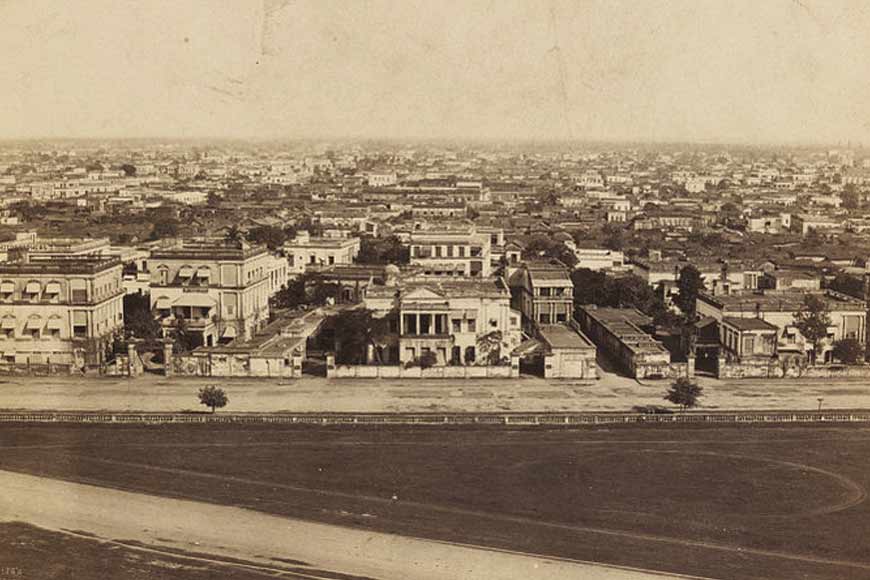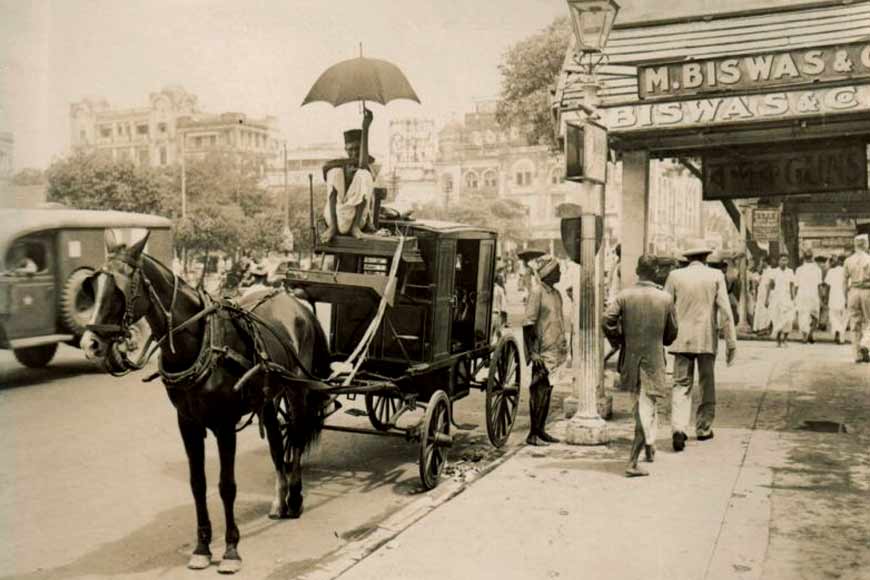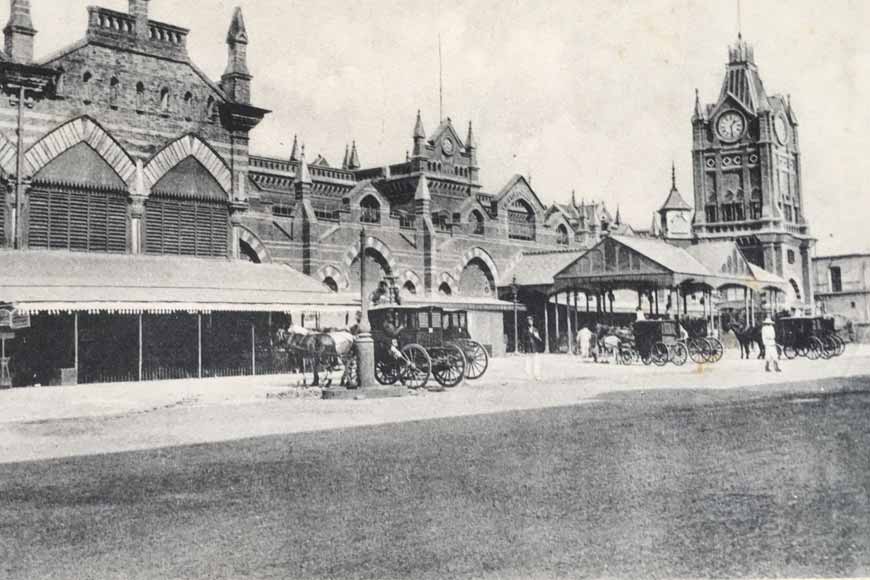Warner and Healey, the ‘saheb chor’ who gave the police sleepless nights

WPart I of this narrative, which you can read here, described the rise of the White criminal or ‘saheb chor’ in 18th and 19th-century Calcutta, and the heavy involvement of European adventurers in the Chaitan Sil robbery case.
One of those adventurers turned approver in the case, a man from Hanover (in Germany) who first arrived in Madras and worked under an Englishman five years before moving to Calcutta where he worked for a British firm for sometime. But in search of a better future, he soon found his way into the city’s underworld.
So much for White criminals. What of white collar criminals? The kind who would show Calcutta how sophisticated crime was done? These men were neither reckless and penniless desperados, nor ruthless murderers. A few among them, in fact, were extremely at ease in European high society, while others possessed both extreme cunning as well as impressive physical abilities.

Here again, among the pioneers seem to have been two ‘sahebs’. The names of Healey and Warner are bound together in the Calcutta Police criminal records of 1888-89, though they never knew each other until they met in jail. Yet another name was to become entwined with theirs – that of Priyanath Mukhopadhyay, the renowned author of Darogar Daptar.
Warner was the manager of a Singer sewing machine company outlet in Dalhousie. Thanks to his association with such a reputable European brand, and the seniority of his position, he was fairly well-known in the city’s upper-class European circles and clubs. So the police took him very seriously when, on the morning of October 18, 1886, he arrived at Waterloo Street police station in a state of great agitation, and complained that a burglary had taken place in his shop during the weekend.

His story was that when he reached the shop on Monday morning, he found that the special lock which fastened the main doors was open, and discovered that his office drawer had been ransacked. He gave a list of gold and silver ornaments, along with money, that had been stolen from the drawer, and claimed their total value was not less than Rs 6,000. He even accused three junior employees of the company of the theft.
The police agreed that it must have been an inside job since there was no evidence of anyone having tampered with the lock, but they also found that the only way the lock could have been opened was with the special key in Warner’s custody.
Warner was formally charged with criminal breach of trust amounting to Rs 48,894 (a huge sum in those days) as calculated by his supervisor, but the man had disappeared from Calcutta the previous night! The police, however, tracked one of the stolen gold bangles to a European prostitute in Kalinga Bazar in the New Market area, and she confessed to having received it as a gift from Warner. She also revealed that Warner had sent a parcel containing more ornaments to his mother in Bombay.

To cut a (very) long story short, Warner was tracked to Rangoon (Yangon today) in Burma after about a year, tried in Calcutta, and sentenced to four years’ rigorous imprisonment. And it was in Presidency Jail that he met the other half of this folie á deux, the French phrase used to describe a shared psychosis or delusional disorder.
That other half was Healey, who came to India from England as a soldier and saw action in several wars in the latter half of the 19th century. Posted in Meerut as a member of Her Majesty’s Own Scottish Regiment, however, he suddenly deserted and returned to England. There, he embarked on a life of crime as part of a gang of bandits, but ultimately escaped his homeland to elude arrest and came back to Calcutta, where he found accommodation in a hotel in what we know as British Indian Street.
Soon after his arrival, a spate of mysterious burglaries began occurring in affluent European homes in the area, with the police failing to stop them no matter how hard they tried. At various times, so-called eyewitnesses claimed the burglar was ‘a Muslim moving in a suspicious manner’, a Jew, and a Eurasian. Stymied, Calcutta Police detectives could see no light until the police actually caught the burglar in the act inside a home one night.
Cornered, the man jumped over a wall into a neighbouring house, and then began a chase worthy of the silver screen, with the police running from one house to another in pursuit of their prey. “The prey, however, was far superior to them in the art of steeplechase,” as a chronicler wrote. And one of the detectives later wrote: “Our police did not have the necessary skills to chase him by jumping over that gap and at that height.” The police thus helplessly watched as he disappeared at the end of the road.
In the interests of word limit, there will be a third instalment to this fascinating saga, so do continue watching this space. Rest assured, the Warner-Healey saga is far from over.










